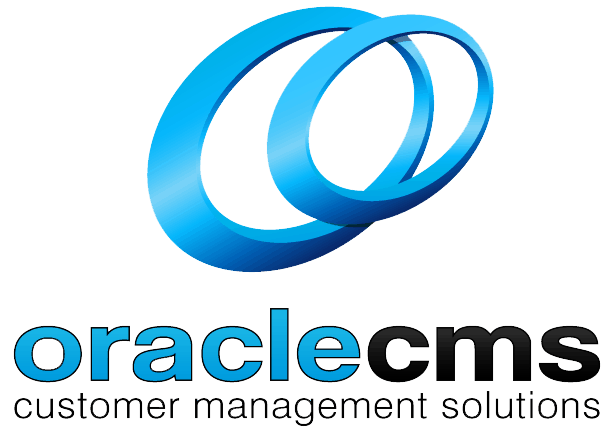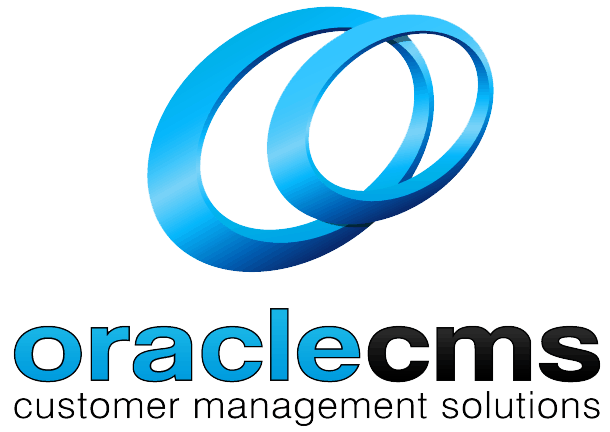What is Busy Hour Traffic (BHT)?
Understanding Busy Hour Traffic in Contact Centres
Busy Hour Traffic (BHT) refers to the volume of call traffic that a contact centre handles during its busiest hour of operation. This metric is crucial for understanding peak demand periods and ensuring that the contact centre is adequately staffed and equipped to handle high volumes of interactions without compromising service quality.
Importance of BHT
BHT provides valuable insights into the busiest times of the day, helping contact centres optimize their resource allocation and capacity planning. By accurately predicting and managing peak traffic periods, contact centres can maintain high service levels, reduce wait times, and enhance customer satisfaction.
Calculating BHT
To calculate BHT, contact centres analyze call data over a specific period, typically a day or week, and identify the hour with the highest volume of incoming calls. The number of calls received during this peak hour represents the BHT.
Applications of BHT
- Capacity Planning: BHT helps in determining the necessary number of agents and resources required to handle peak traffic efficiently. This ensures that there are enough agents available during busy periods to manage call volumes without excessive wait times.
- Staff Scheduling: Understanding BHT allows contact centres to create optimized work schedules, aligning agent availability with peak demand periods. This helps in reducing idle time during off-peak hours and minimizing understaffing during busy times.
- Infrastructure Management: BHT data is used to assess the adequacy of existing infrastructure, such as telephony systems and network capacity. Ensuring that these systems can handle peak loads is essential for maintaining seamless operations.
- Service Level Agreements (SLAs): Monitoring BHT helps in setting realistic SLAs with clients and stakeholders, ensuring that service level targets are met even during the busiest times.
Challenges and Considerations
While BHT is a critical metric for managing peak traffic, it must be used in conjunction with other performance indicators to provide a comprehensive view of contact centre operations. Solely relying on BHT can lead to overstaffing during off-peak hours or underestimating the impact of fluctuating traffic patterns.
Strategies to Manage BHT
- Real-Time Monitoring: Implement real-time monitoring systems to track call volumes and adjust staffing levels dynamically based on current traffic conditions.
- Flexible Workforce: Employ a flexible workforce with part-time or on-call agents who can be brought in during peak periods to handle increased call volumes.
- Automated Solutions: Utilize automated solutions such as Interactive Voice Response (IVR) systems and chatbots to handle routine inquiries during busy hours, freeing up agents for more complex interactions.
- Predictive Analytics: Leverage predictive analytics to forecast busy periods based on historical data and trends, allowing for proactive planning and resource allocation.
Conclusion
Busy Hour Traffic (BHT) is a vital metric for contact centres, providing insights into peak demand periods and guiding capacity planning and resource allocation. By accurately measuring and managing BHT, contact centres can ensure they are adequately prepared to handle high volumes of interactions, maintain service levels, and enhance customer satisfaction. However, it is essential to integrate BHT with other performance metrics and adopt a flexible approach to workforce and infrastructure management to address the dynamic nature of contact centre operations.

